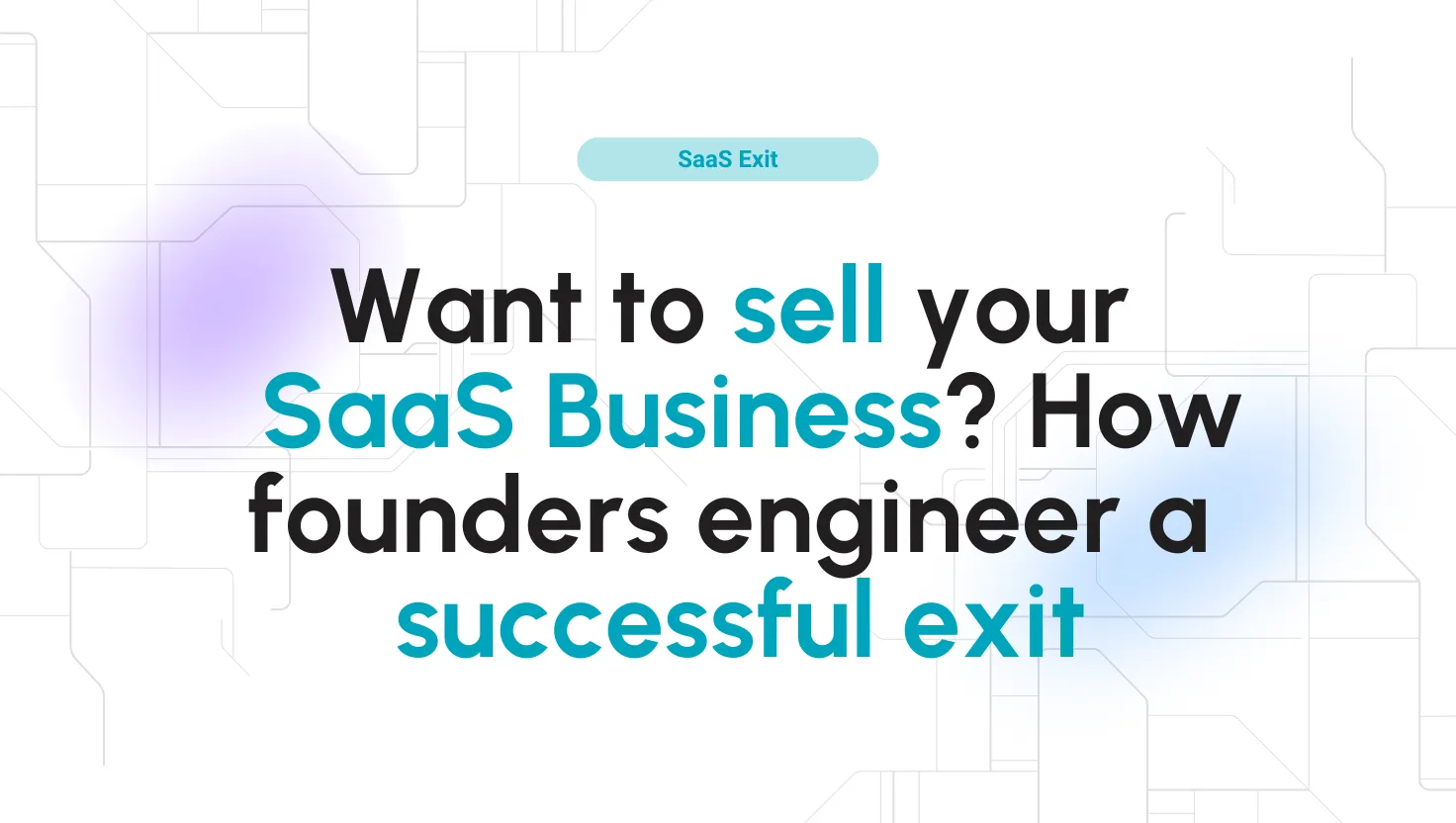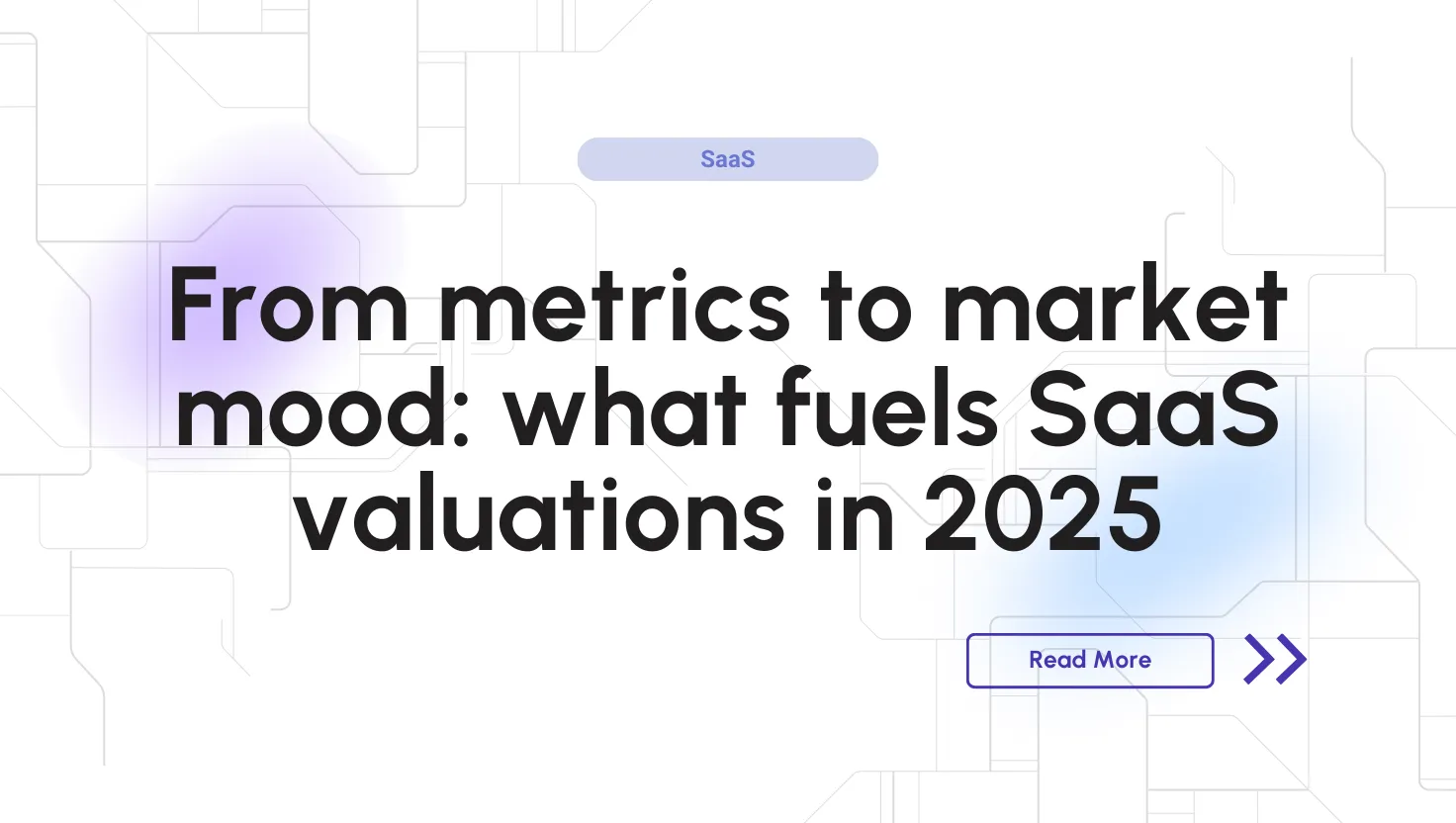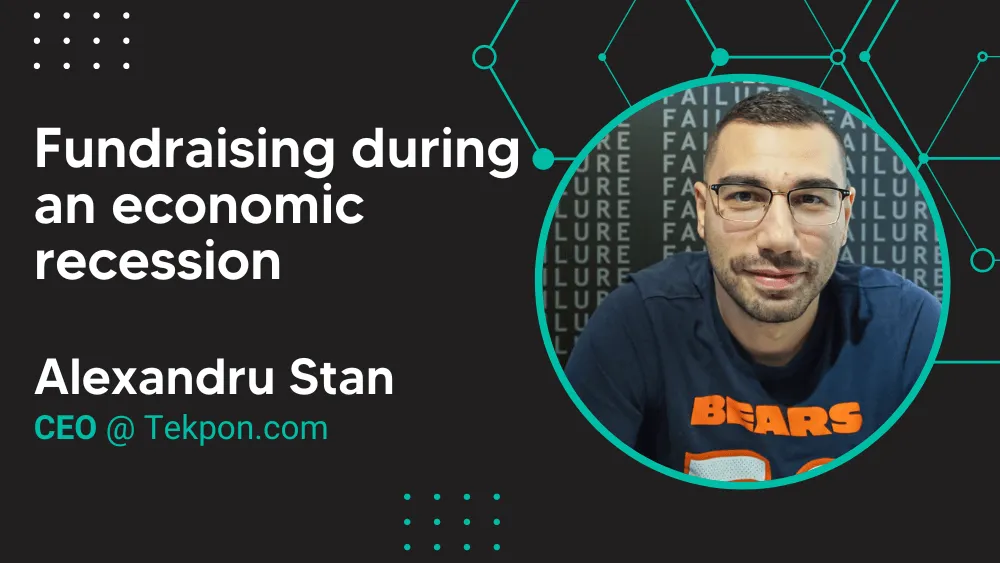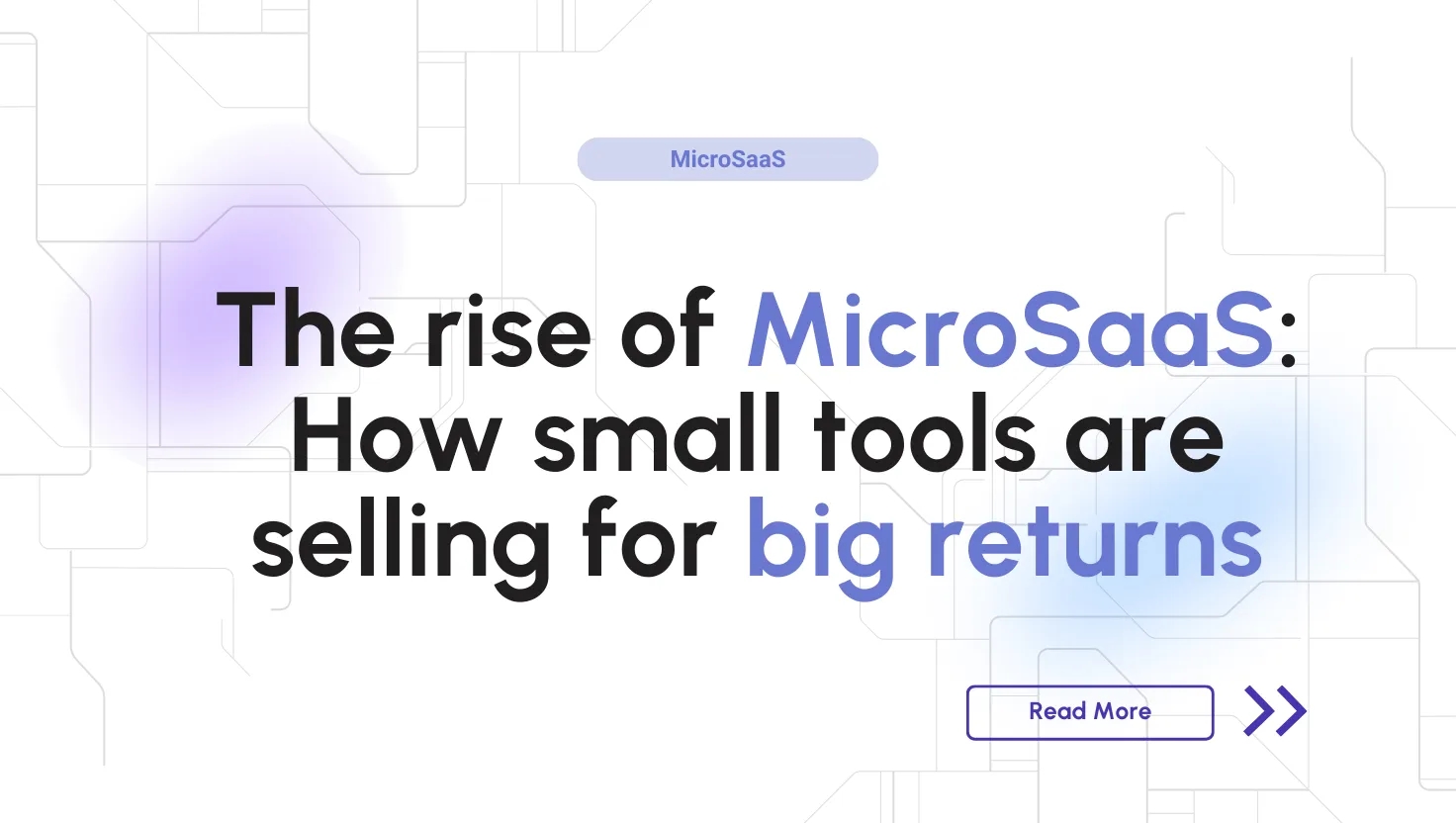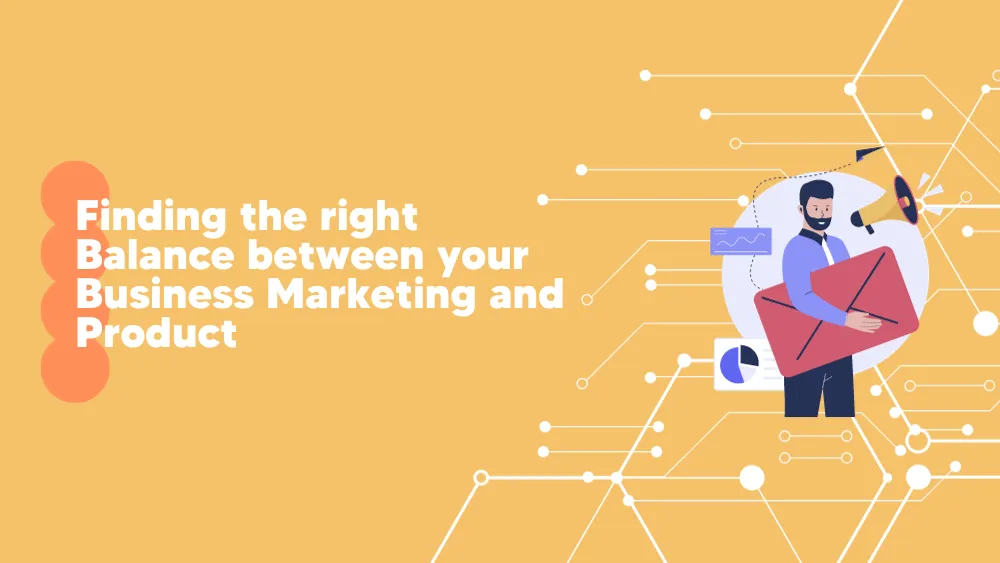When a solo developer sold his software empire for over $3 million, he didn’t just make headlines; he proved a powerful truth: smart preparation beats luck.
Every founder who’s built, shipped, and scaled a product eventually faces the same question: what’s next? And if that next step is an exit, then the real work has to start long before your business listing goes live.
SaaS founders are builders. They write code, fix bugs at 2 a.m., and obsess over MRR charts. But when it’s time to sell, the mindset has to shift. You’re no longer just building a product; you’re building something buyers can trust, verify, and scale.
Start building your exit while you’re still building your product
The timing for SaaS exits couldn’t be better. Across the digital economy, software remains one of the most desirable asset classes thanks to predictable recurring revenue, defensible margins, and built-in scalability.
According to an analysis of global software M&A by BCG, smaller and mid-cap SaaS deals command strong multiples, with valuation driven less by hype and more by retention quality and revenue predictability.
Similarly, on Flippa – the #1 platform to buy and sell online businesses – data supports this trend. As of 2025, SaaS multiples on Flippa generally range between 3x to 10x annualized profit or ARR, depending on size, retention, and growth.
Buyers are no longer chasing fast growth at all costs. They’re rewarding founders who build enduring systems, clean codebases, sticky customers, and revenue that keeps renewing itself. That’s what transforms a piece of software into a transferable asset.
Understanding what drives valuation
If you’re planning an exit, you need to understand how buyers think. Valuation isn’t just a formula; it evaluates how investors assess risk versus reward for your business.
Buyers typically assess a SaaS business through five quantifiable lenses:- MRR & ARR Growth: Predictable, steady growth is more valuable than volatile spikes.
- Net Revenue Retention (NRR): Retaining and expanding existing customers drives long-term value.
- Customer churn: A churn rate below 5% monthly (or ~40% annually) signals strong product-market fit.
- CAC: LTV Ratio: The lower your customer acquisition cost relative to lifetime value, the more scalable your model looks.
- Founder dependency: If the business can run without you, it’s instantly worth more.
According to the latest SaaS Valuations analysis, clean data, clear documentation, and stable growth can yield higher multiples than size alone.
Clean Data = Clean Deal
In almost every successful SaaS exit, transparency becomes the silent multiplier. When the Flippa seller behind the $3 million exit began preparing for sale, one of his first steps was to audit every data source, from accounting to codebase.
Buyers will scrutinize every number, so your goal should be to make their job easy:- Reconcile all revenue data
- Separate all personal expenses from business expenses
- Provide consistent financial statements for at least the last 12 to 24 months
- Ensure clean ownership of IP, code, domains, and trademarks
- Automate metrics reporting
When buyers see order and consistency, they see reliability, and that translates directly into value.
Strengthen the growth story
Buyers pay for what’s proven, but they bid higher for what’s still possible. A strong exit story highlights both stability and potential.
That means supporting your growth narrative with clear, verifiable evidence. Show how customers upgrade or expand their usage over time, and emphasize how automation or efficient onboarding helps keep support costs low.
Highlight the unique assets that drive your business forward – proprietary technology, strong SEO, or exclusive integrations that enhance efficiency and performance.
Finally, include a realistic roadmap that outlines future growth opportunities to strengthen your overall story.
Your narrative shouldn’t just prove that you’ve built a great business; it should demonstrate to buyers that your company is stable, predictable, and primed for continued growth.
Equally important is de-risking the business, since buyers are willing to pay more when uncertainty is low.
To reduce perceived risk, consider:- Diversifying your customer base so no single client contributes more than 15 – 20% of revenue.
- Consolidating hosting, code, and licenses under formal business accounts.
- Documenting clear SOPs for billing, onboarding, and customer support.
When buyers see that your business operates efficiently and independently of the founder, their confidence grows, and so does their offer.
Prepare for due diligence
Due diligence is where deals are won or lost. Buyers want verifiable proof of every claim.
Your due diligence checklist should include:- Monthly financials and tax returns
- Customer churn and retention reports
- Source code and documentation overview
- Traffic analytics and acquisition data
- Legal documents (entity, IP, contracts, NDAs)
A well-prepared due diligence folder can accelerate closing timelines by weeks and even help justify a higher multiple. Marketplaces like Flippa help founders streamline this process by connecting them directly with qualified buyers who understand SaaS metrics and acquisition logic.
Structure the deal form gain
Even once you agree on price, the structure matters. Common SaaS deal structures include:
- All-Cash Deals: Preferred by smaller buyers, but often lower multiples.
- Cash + Earn-Out: Higher total valuation if revenue targets are met post-acquisition.
- Revenue Share: A portion of future revenue for a defined term.
Across hundreds of Flippa SaaS transactions, one insight stands out: founders who begin preparing 12 – 18 months ahead achieve faster closes and higher multiples. Discipline compounds.
Lessons from real SaaS exits
Looking across recent Flippa SaaS transactions and overall success of online businesses sold, one theme emerges: discipline drives value.
- Start preparing 12 to 18 months before listing – especially your financial reporting and operational handover.
- Invest in retention and automation.
- Be transparent about challenges
- Benchmark early – use Flippa’s free SaaS valuation tool to understand where your business stands.
A sale isn’t an end. For most founders, it’s an evolution and a way to turn years of building into financial freedom or the capital to start again.
If you’re running a SaaS business today, the time to start preparing for your exit is now. Clean your data, document your systems, diversify your customers, and think like a buyer.
When the time comes to sell, you’ll be ready, and platforms like Flippa will help connect you with global buyers who already value what you’ve built.
Ready for the next step?
Flippa offers a free evaluation tool that uses 15 years of historical data, transaction trends, and buyer insights from over $1 billion in deals to determine your business’s worth.
And if you’re ready to sell, Flippa connects you with the largest buyer base in the market. With a team of accredited in-house brokers available worldwide, we ensure a seamless and guided selling process every step of the way.

